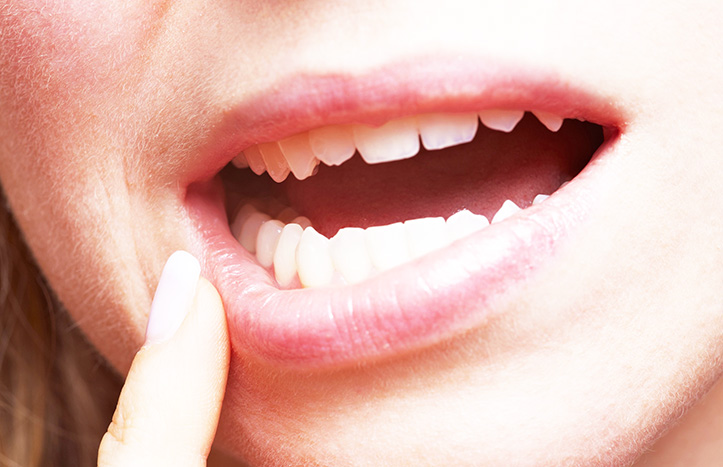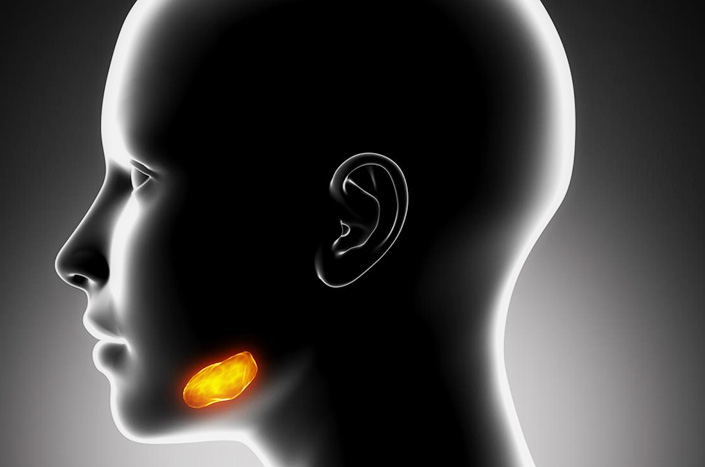There are more than 1,000 salivary glands in your head and neck,but there are only 3 pairs of major ones found in the mouth — the parotid glands, submandibular glands and sublingal glands. All of them manufacture and secrete saliva that assists in the process of digestion, lubricates the mouth and throat, and minimizes the infection of the upper airway.
In this article, we will talk about the risk factors for salivary gland cancer.
Risk factors are things that increase your chance of developing or suffering from a disease or medical condition. Some risk factors can be changed while others cannot.
It’s also important to note that just because you have some risk factors for salivary gland cancer doesn’t mean right away that you will have it. Also, some people who are suffering from salivary gland cancer did not have any risk factor before being diagnosed with it.
Before we start discussing those various risk factors, let’s first take a quick look at a few important facts about salivary gland cancer:
- Salivary gland cancer is rare — in the US, it makes up only 1 percent of all cancer cases
- A little over 70 percent of people diagnosed with salivary gland cancer remain alive at least 5 years after being diagnosed with the disease
- There are various types of tumors of the salivary glands, depending on the type of cell where is appears
Now it’s time for us to check out the most common risk factors for salivary gland cancer:
Age
Health authorities say that salivary gland cancer can affect anyone at any age. However, the disease appears to be more common in the elderly. In fact, 64 is the average age that salivary gland cancer is diagnosed.
Needless to say, your risk of having salivary gland cancer increases the older you get.
Gender
Men and women alike can end up with salivary gland cancer. Studies have shown, however, that more men tend to suffer from it, which seems to be the case with many other types of cancer.
Experts believe that it’s simply for the fact that more men are engaging in the next risk factor discussed.
Smoking and Alcohol Drinking
There are many different cancer types that are linked to cigarette smoking and excessive alcohol intake, and one of those is salivary gland cancer. Such can be attributed to the fact that toxins found in cigarette smoke and alcohol can cause abnormal changes in the cells of the oral cavity.
So in other words, an unhealthy lifestyle can increase your chance of developing salivary gland cancer.
Family History
In some cases, it appears as though the incidence of salivary gland cancer seems higher in certain families. It goes without saying that,just like majority of cancer types, salivary gland cancer tends to run in families.
You may be at higher risk of suffering from salivary gland cancer one day if someone in your family has it.
Workplace Exposures
According to some studies, people whose line of work causes them to be exposed to certain substances or agents may have increased salivary gland cancer risk. Nickel alloy dust, silica dust and asbestos may cause the disease to strike. Being involved in plumbing and rubber products manufacturing is regarded as a risk factor, too.
Do take note that more studies need to be done concerning workplace exposures.








